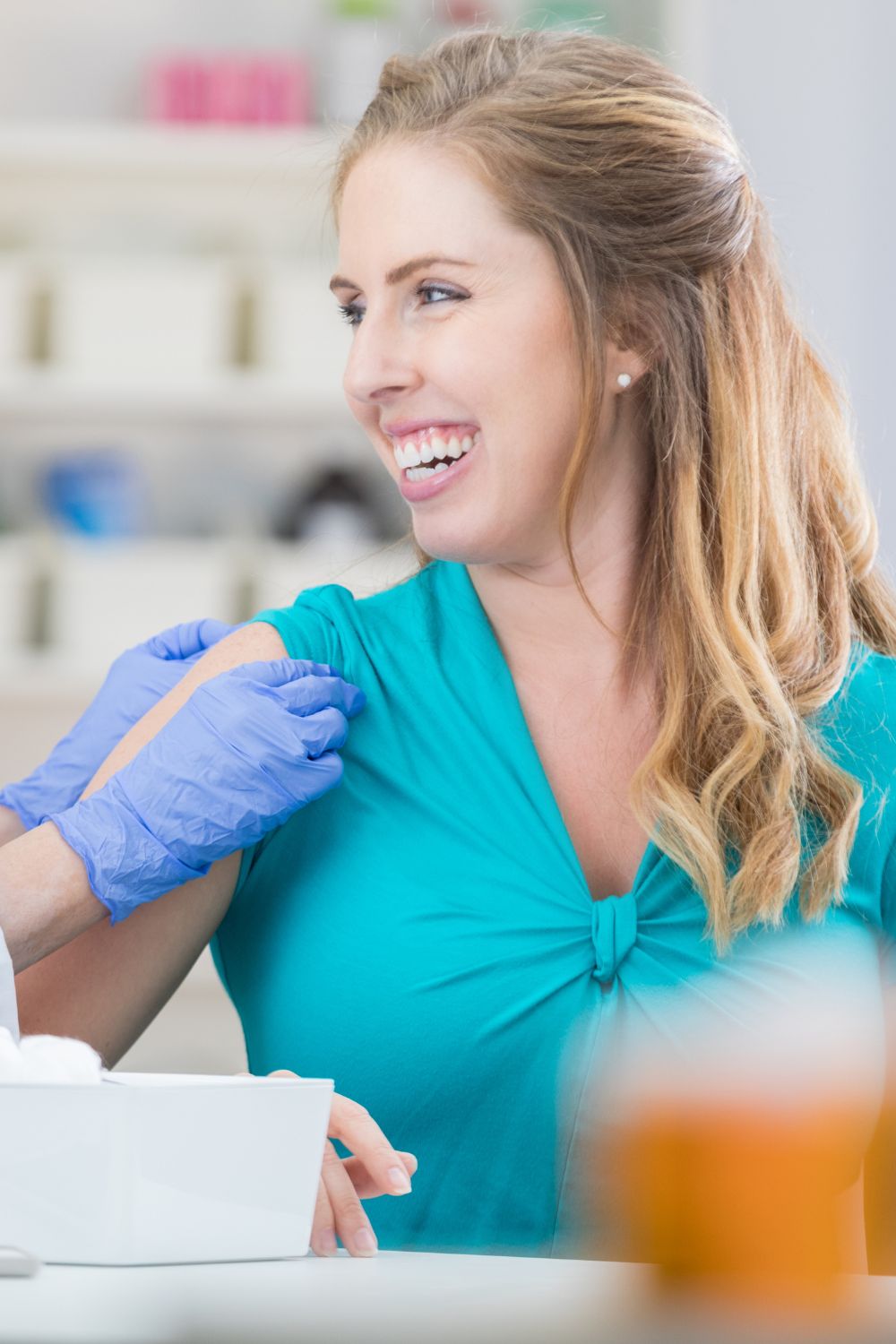January is Cervical Cancer Awareness Month
Cases of cervical cancer have decreased in recent years, but it still affects many women annually
Cervical cancer used to be the leading cause of cancer death in women in the United States, however, increasing screening and prevention has changed that. According to recent numbers from the National Cancer Institute, nearly 14,500 women in the United States received a diagnosis of cervical cancer and more than 4,200 died from the disease last year. January is an important time to continue to build awareness, research, and resources to keep the diagnosis numbers down.
What is cervical cancer?
Cervical cancer occurs when cancer cells form in the cervix, which is the lower part of the uterus that connects the vagina.
The cause of cervical cancer is almost always the human papillomavirus (HPV), which is a sexually transmitted infection. Thankfully, there are safe and effective HPV vaccines that not only can protect against the virus but also can prevent the majority of cervical cancer cases.
Cervical cancer forms if the virus stays in the body for years, contributing to the process that causes some cervical cells to become cancer cells.
What you need to know about cervical cancer
What can you do to avoid cervical cancer? Stay on top of your HPV vaccines, get screened regularly, and manage your risk factors. Below is everything you need to know to take these steps.
How to get your HPV vaccine
The U.S. Food and Drug Administration (FDA) approved 3 vaccines that fight against HPV: Gardasil, Gardasil 9, and Cervarix. The vaccine is not recommended for anyone older than 26 years old, however, some adults older than 26 have received it after consulting with their doctor. Ask your primary care physicians about the vaccine if you haven’t yet.
Keep an eye out for the signs and symptoms of cervical cancer
Early-stage cervical cancer generally produces no signs, which is why screening is key. Later stages, however, can show up as vaginal bleeding usually after intercourse or between periods, watery, bloody discharge that may be heavy, and pelvic pain during intercourse.
Manage the risk factors for cervical cancer
Risk factors include many sexual partners, other sexually transmitted infections (STIs), a weakened immune system, and smoking. You can manage your risk factors by practicing safe sex, managing smoking habits, and caring for your immune system.
Get screened for cervical cancer regularly
Pap test screening is one of the most accurate ways to screen for cervical cancer. In a Pap test, cells are collected from the surface of the cervix and examined. It can detect cancer at an early stage as well as precancerous abnormalities.
Learn about the types of cervical cancer
The main types of cervical cancer include squamous cell carcinoma, which begins in the thin, flat cells (squamous cells) lining the outer part of the cervix, which is the most common, and adenocarcinoma, which begins in the column-shaped glandular cells that line the cervical canal.
Miss USA 2021 Works to #StopHPVCancer
Elle Smith, the 2021 crowned Miss USA, is also a National Cervical Cancer Coalition. Elle is using her reign to promote cervical cancer awareness and chatted with us about her exciting plans for 2022.

